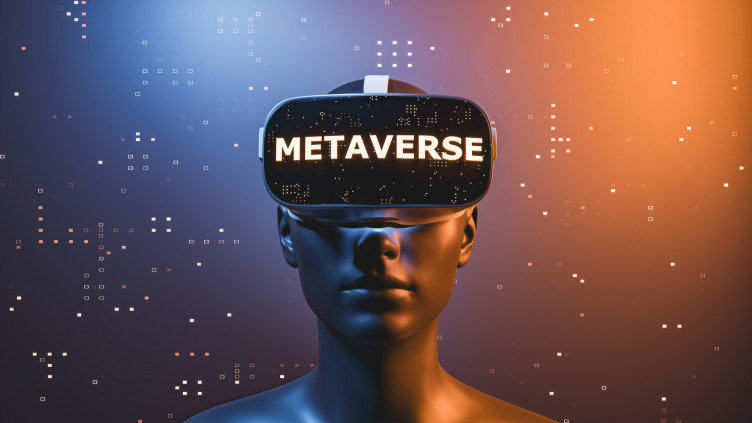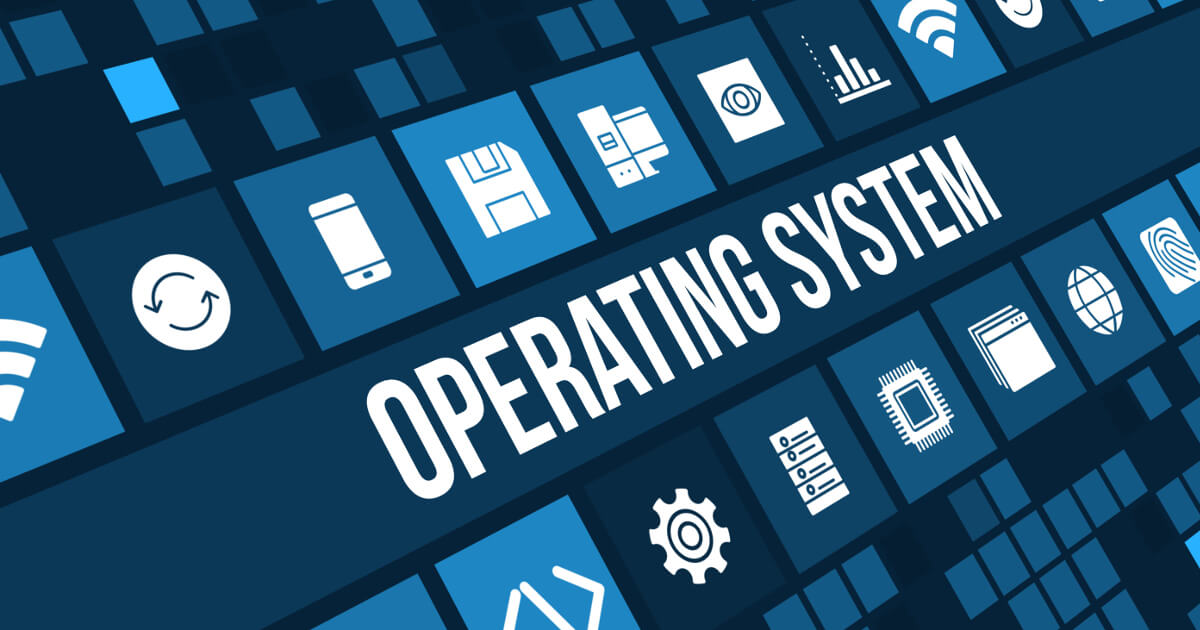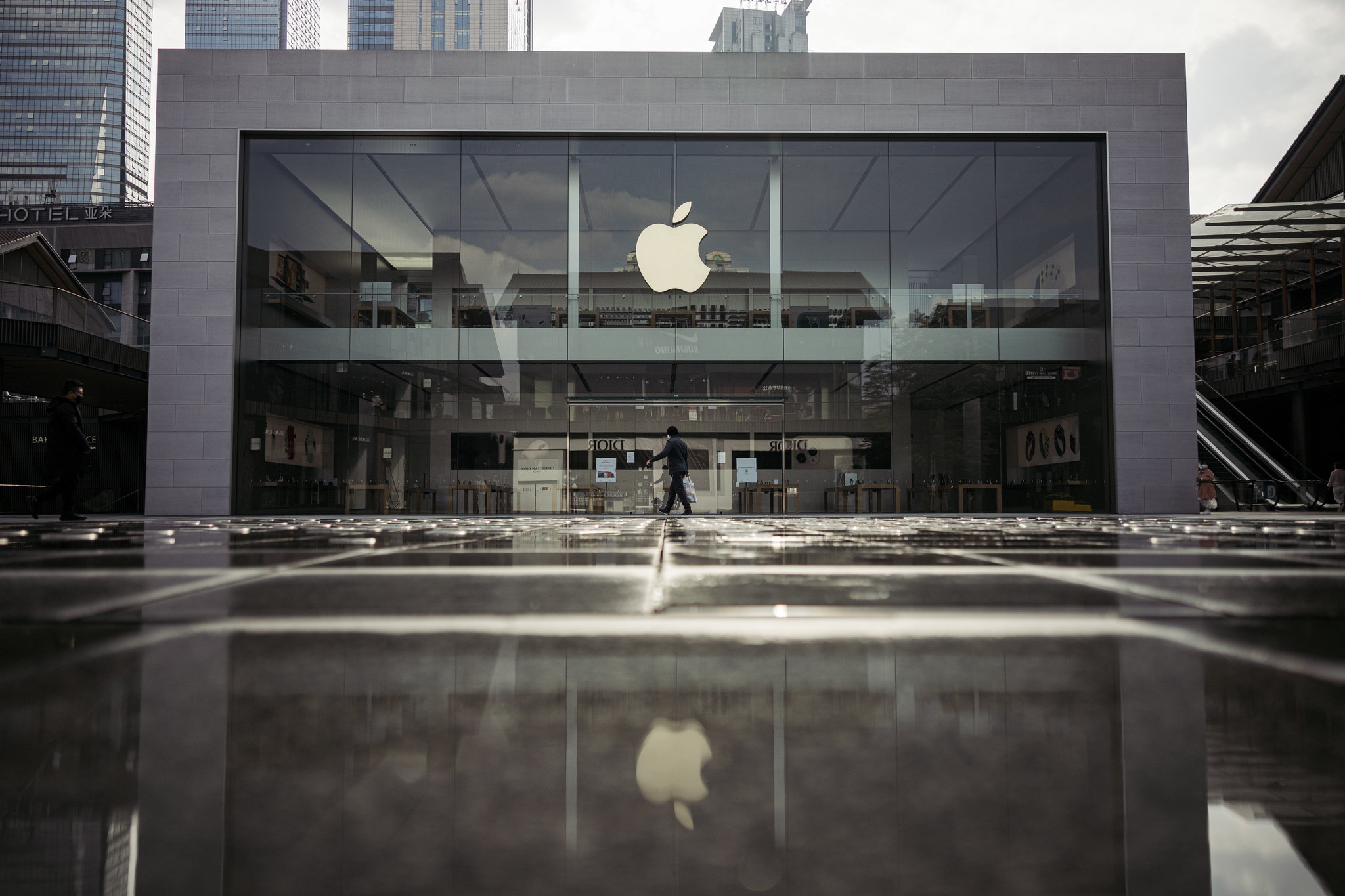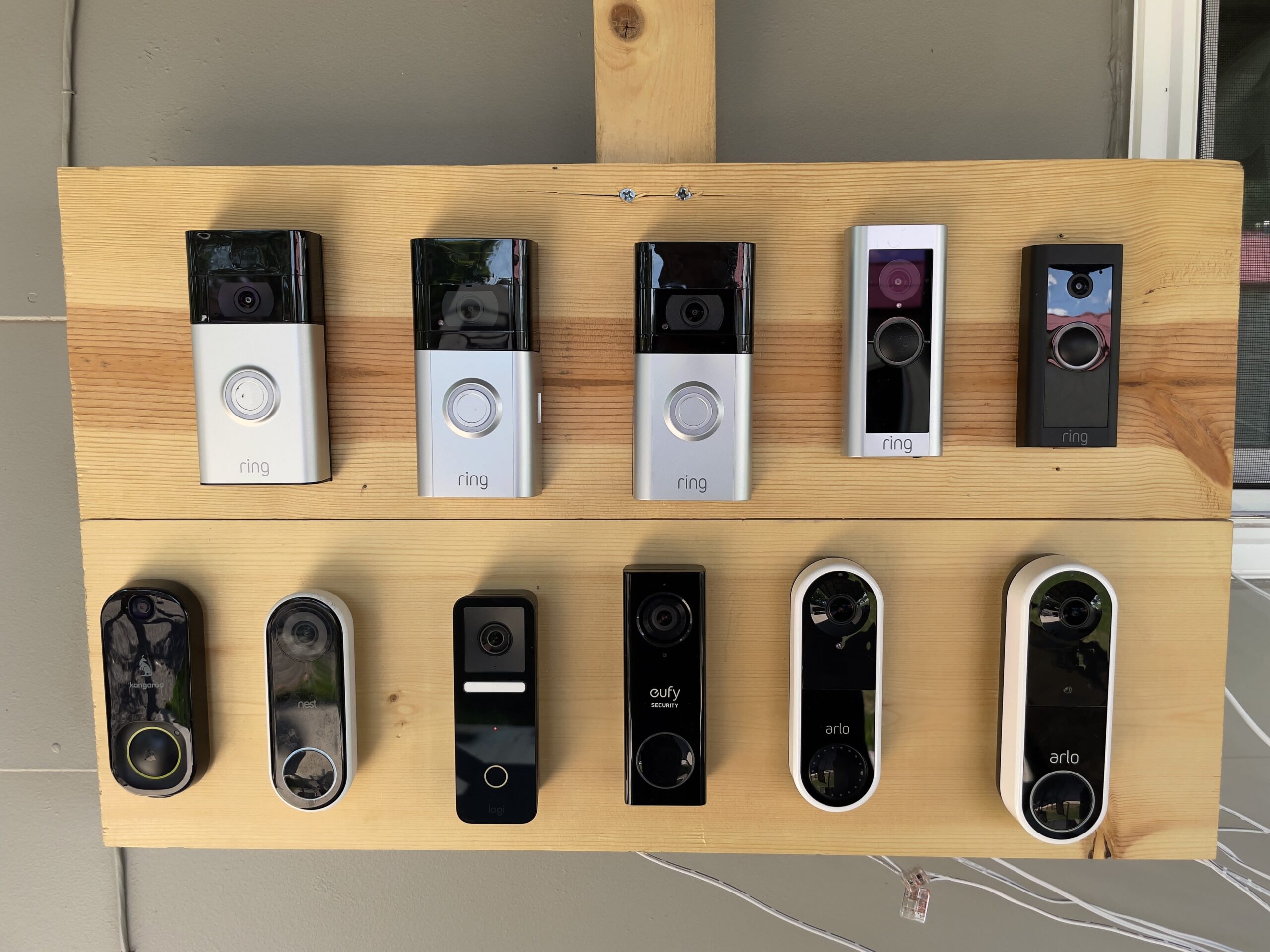The concept of the Metaverse is a rapidly evolving and expansive field that encompasses virtual and augmented reality, immersive digital environments, and interconnected virtual worlds. It’s a topic that has garnered significant attention in recent years, with the potential to revolutionize various aspects of our lives, from entertainment and social interaction to education and business. To comprehensively understand the Metaverse, let’s explore its key components, applications, challenges, and implications.
Read Also: Launching TechCrunch’s 2023 Startup Battlefield 200
- Definition: The Metaverse is a collective virtual shared space that exists beyond the physical world. It combines digital and physical reality, creating a persistent, immersive, and interconnected environment that allows users to interact with one another and digital objects. It’s often described as the next stage of the internet, where the boundaries between the real and digital worlds blur.
- Key Components: a. Virtual Reality (VR): VR is a crucial component of the Metaverse, enabling immersive and interactive experiences. Users wear headsets to enter digital realms that can mimic real-world or entirely fantastical environments.
b. Augmented Reality (AR): AR overlays digital content onto the physical world, enhancing our real-world experiences. Technologies like AR glasses and smartphones enable this component of the Metaverse.
c. 3D Internet: The Metaverse relies on a 3D internet infrastructure to create interconnected digital spaces. This involves 3D models, spatial computing, and advanced networking technologies.
d. Blockchain and Digital Assets: Blockchain technology underpins the ownership and trade of digital assets within the Metaverse. This includes virtual real estate, in-game items, and even digital currencies.
e. Social Interaction: Central to the Metaverse is social interaction, with users communicating through avatars and engaging in collaborative activities, similar to real-life social interactions.
f. AI and NPCs: Artificial intelligence and non-playable characters (NPCs) are essential for creating dynamic and responsive virtual environments.
- Applications: a. Entertainment: The Metaverse offers new possibilities for gaming, immersive storytelling, and virtual concerts. It has the potential to redefine the entertainment industry.
b. Education: Virtual classrooms, interactive simulations, and educational experiences are being developed within the Metaverse, making learning more engaging and accessible.
c. Work and Business: Remote work and virtual collaboration have been accelerated by the Metaverse. Virtual offices, conferences, and trade shows are becoming more common.
d. Healthcare: Medical training, telemedicine, and therapy sessions can be conducted in the Metaverse, enabling remote and immersive healthcare services.
e. Retail: Virtual shopping experiences are being developed, allowing users to browse and purchase products in a virtual space.
f. Social Interaction: Virtual gatherings and social events within the Metaverse are changing how people connect and form communities.
- Challenges: a. Privacy and Security: As interactions and transactions in the Metaverse increase, the need for robust privacy and security measures becomes crucial.
b. Digital Divide: Access to the Metaverse can be limited by socioeconomic factors, creating a digital divide between those who can and cannot participate.
c. Regulation and Governance: There is a need for clear regulations and governance models to manage virtual property, identity, and digital economies.
d. Content Moderation: Ensuring a safe and inclusive environment in the Metaverse requires effective content moderation.
- Implications: a. Economic: The Metaverse has the potential to create new industries, jobs, and economic opportunities.
b. Social: It can reshape how we interact, communicate, and form communities, potentially impacting social norms and relationships.
c. Technological: Advancements in VR, AR, AI, and connectivity will continue to drive the evolution of the Metaverse.
d. Cultural: The Metaverse is already influencing art, fashion, and entertainment, offering new mediums for creative expression.
Metaverse Review
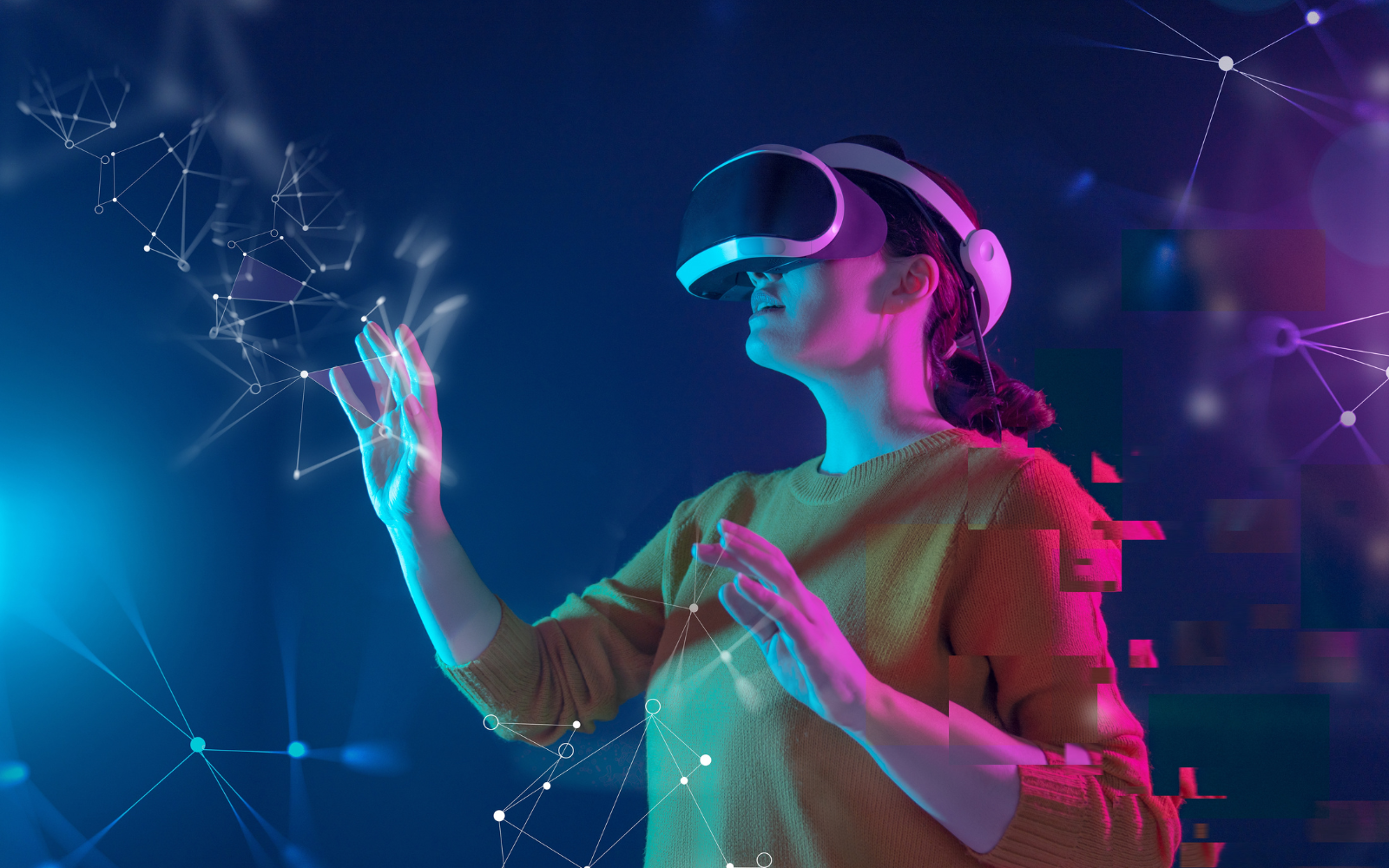
The Metaverse is a term used to describe a virtual world where users can interact with each other in a shared space. It is a concept that has been around for decades, but it has gained renewed interest in recent years due to advancements in technology.
According to a recent article in the Harvard Business Review, the Metaverse is a place where power can be inverted, disappointments escaped, and capitalist inequities left behind for something more exciting, malleable, and meaningful. The article also highlights how the Metaverse could be used to create new forms of entertainment, education, and social interaction.
While the Metaverse is still in its early stages, there are already several companies working on creating virtual worlds that could be considered part of the Metaverse. These include companies like Roblox, Fortnite, and Second Life.
However, there are also concerns about the Metaverse. Some worry that it could be used to create a dystopian society where people spend all their time in a virtual world, disconnected from reality. Others worry about the potential for addiction and the impact it could have on mental health.
